Learning all of the ins and outs of photography is a long process, but there are many ways to go about it. While a traditional brick-and-mortar school can be beneficial for some photographers, it’s not practical for everyone. Luckily, there are plenty of other options online. I decided to do a small correspondence course in professional photography as well as few for Adobe Photoshop and Lightroom Post-production tips.
The best part? Our Fashion Photography Channel Workshops typically cover the same content as traditional online schools at a fraction of the cost (thanks for our sharing between Photographers expenses concept) which makes our SMALL GROUP shoots a fantastic way to learn new skills.
IF YOU’RE JUST GETTING STARTED WITH PHOTOGRAPHY or want to improve to next level, READ ON TO LEARN SOME OF THE PHOTOGRAPHY TIPS FOR BEGINNERS.
TIP #1: KNOW YOUR EQUIPMENT
Get to know your camera inside and out. Take the time to learn what each setting is and how it functions.
No matter how well you know your camera, don’t expect to be an expert in 20 minutes. Be patient with yourself and take the time to practice with different settings on your camera. Eventually, you will be the person your friends and family go to when they need help with their own cameras!
TIP #2: DEVELOP YOUR EYE
Knowing what to shoot that can be the most difficult part of photography. Before you take a picture, take a moment to really “see” what you are trying to capture. I usually take a few shots (even with iPhone), look at them and then decide what I really want to reflect in my image. If you have to (or if you can), stand on a ladder, squat close to the ground or change your perspective to find the scene you want.
Let’s use a bridge photos as an example. We’ve all seen the typical photos of a bridge with the expected water and clouds. Instead of producing an overdone image, try to find something different. Above is an image I took under the bridge in Brooklyn. Bridges are a dime a dozen, so I wondered how could I capture it in a unique way. I squatted down and focused on the end of the bridge to create leading lines that ended in what looked almost like a tunnel.
TIP #3: LEARN THE LIGHT
Photography revolves around light. You cannot have an image without it. There are many ways you can work with light, whether it is Natural light , Flash or Studio Lighting. Learning the basics of all these types of lighting will change the way you take photographs. You will find yourself seeking out that perfect time of the day or noticing how nicely lit your colorful meal is at your local restaurant!
In this low color contrast photo of model Rita, I used back lighting. It was late in the day and the sun was directly in background but covered by Manhattan Bridge. I liked the soft look the light created, and to keep her from having to look into the harsh light, I had her turn her back to the sun.
This was taken on the different workshop at Coney Island, after the sun had showed up between thunderstorm clouds. I liked the rim of light created by the sun and it helps us to create DRAMATIC editorial look shot.
TIP #4: UNDERSTAND CAMERA ANGLES
In one of my photography lessons back in 80s at Photojournalistic faculty of Moscow University, I had to submit my photos for grading, and it was a nail-biting experience to listen to my professor’s reviews. One of the most common remarks was about my tilted photos. My photography teacher Pyriev said that tilted images were akin to “Falling off the Titanic”. Perhaps not the best feedback, but it has stayed with me in all my photographic career. Since I no longer take many off-kilter shots, I made one for an example:
TILTED
LEVELED
Another tip: Don’t shoot from too far below the subject (think: nose hairs), from too far above (think: forehead wrinkles from looking up), or from too far to the side (you’ll get too much white in a person’s eye).
But sometimes unusual angle can make your shots UNIQUE, like this one for example we did with GoPro mounted to the top of mast at SailWindjamer filming expedition in November 2017th

TIP #5: AVOID FAD EDITING TECHNIQUES
Beware of fads. Selective coloring, sepia coloring, over vignetting and the glamour glow are just a few of the fads that should be taken into account. The purpose of the photo is to capture a moment, a feeling or to record special events. For day-to-day photos the fads you choose to use won’t matter — the images are just for you, and you might want to remember when it was cool to color only the blue parts of the photo.
GET STARTED SHOOTING – RSVP for next Workshop!
TIP #6: TRY DIFFERENT TYPES OF PHOTOGRAPHY
If you only shoot nature /landscapes, how would you ever know if you had knack fashion photography? Explore different types of photography. Each one has its own unique set of rules and techniques, which will help you expand your skill set. You never know — you may find yourself going from a wedding photographer to a street style, fashion runway or travel photographer?
Street Style Workshop June 02nd RSVP
TIP #7: UTILIZE LEADING LINES, DEPTH OF FIELD AND THE RULE OF THIRDS
Rules of composition are rules for a reason! They can make your photos easier on the eye and more compelling to the viewer. While we could talk about each of these topics for a long while, here are just a few basic tips to get you started.
LEADING LINES
In the image above, you can see how the leading lines direct the viewer’s eye. The more you practice looking for leading lines, the more easily you’ll find them in your everyday surroundings.
DEPTH OF FIELD
In this photo, I made sure model was pulled away from the background as much as possible to achieve a greater DOF (depth of field) and also using “leading lines” to bring more dynamic in to the frame. It’s basically how deep the field of view is in your image. The image above ( from Street Style Workshop) has a shallow DOF ( f 2.8); if more of the scene were in focus, then the depth of field would be greater.
RULE OF THIRDS
The rule of thirds uses a nine-part grid to help determine where to place your subject. I like to break rules, so the majority of my images have a center or off-side composition. Still, the rule of thirds is a great rule to follow. You generally want your subject to fall within one of the points on the diagram. Here, the subject’s body line falls at the upper left point.
TIP #8: HAVE PATIENCE
Patience is a virtue. It really is. Don’t give up because you are not getting the shots you want in the first week or even month you start photography. Keep it up — practice will make perfect. Always be up for learning new things, and don’t be afraid to step out of the box. See Calendar of our upcoming shoots for Summer 2018 here!
TIP #9: GIVE FILM PHOTOGRAPHY A SHOT
The “film look” has taken off in recent years as a sort of B/W retro type of photography – getting back to our roots, so to speak. If you haven’t thought about it, it might be fun to give it a try. You can usually get film cameras pretty cheap at your local thrift or camera stores if you look hard enough, and the film can be found online. A quick Google search will land you plenty of places to have the film developed. See images from our B/W hosiery photography workshop here.
TIP #10: YOU CAN MAKE MONEY IN PHOTOGRAPHY
Many photographers open a business and work in family photography, weddings and such. But are there other avenues for work? Yes! Product photography, real estate, kids photography, travel, sports and music events, aerial/drone images, forensic imaging and medical photography are just a few. Keep looking for opportunities and there will be a fun-filled career at your fingertips.
ACTIVELY Join our workshops and we’ll teach you HOW YOU CAN MAKE MONEY IN PHOTOGRAPHY!



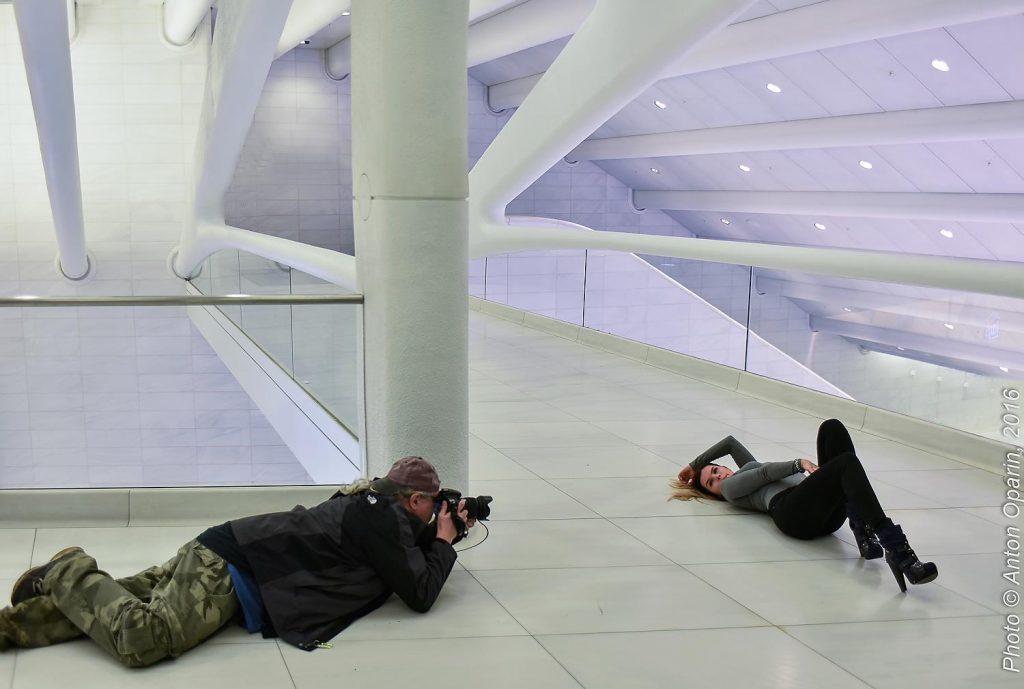

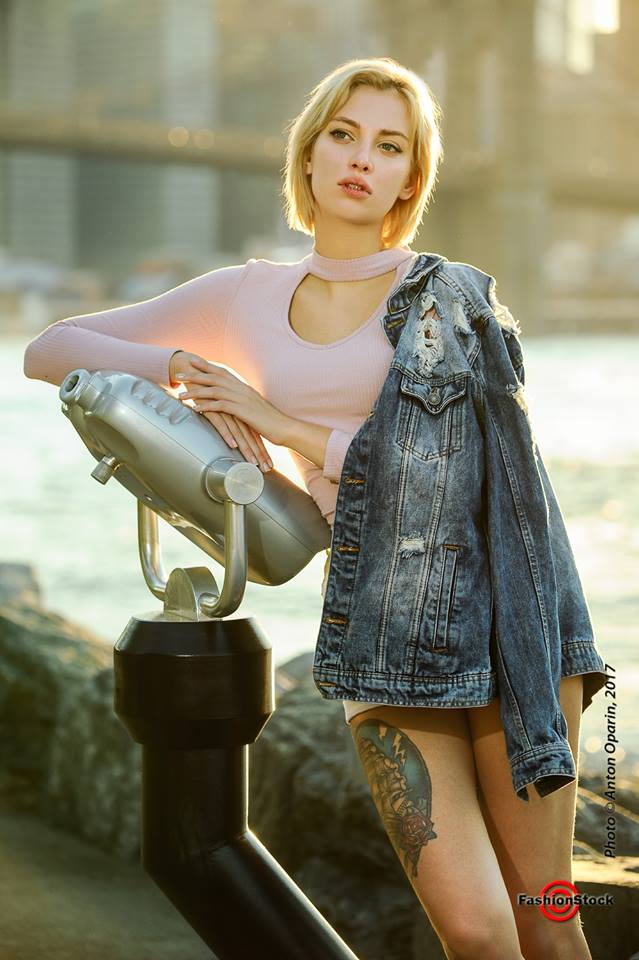

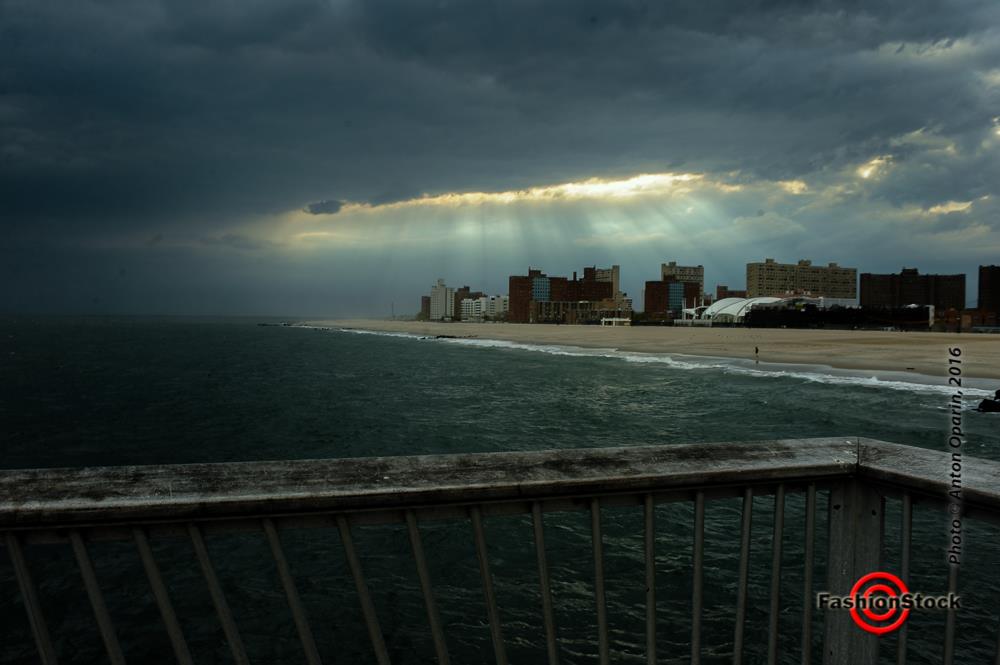


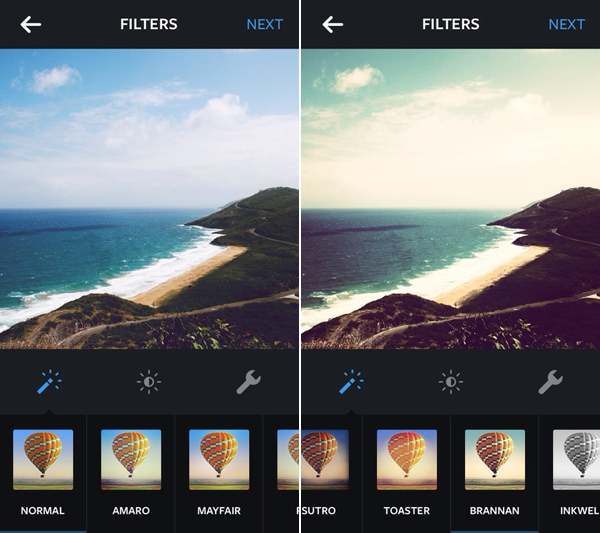

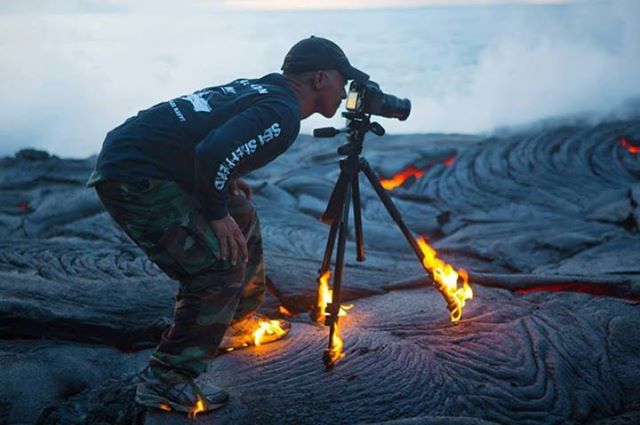
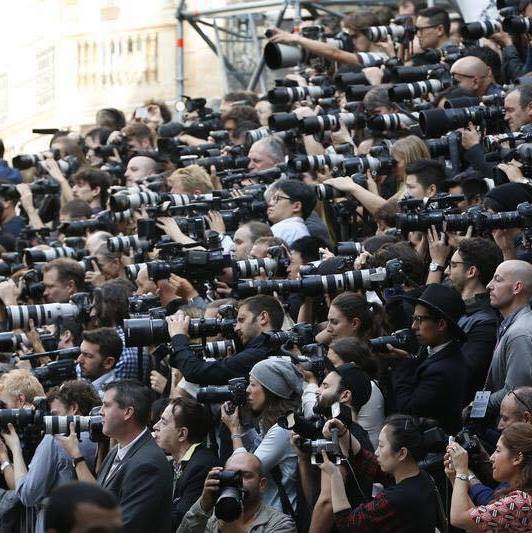


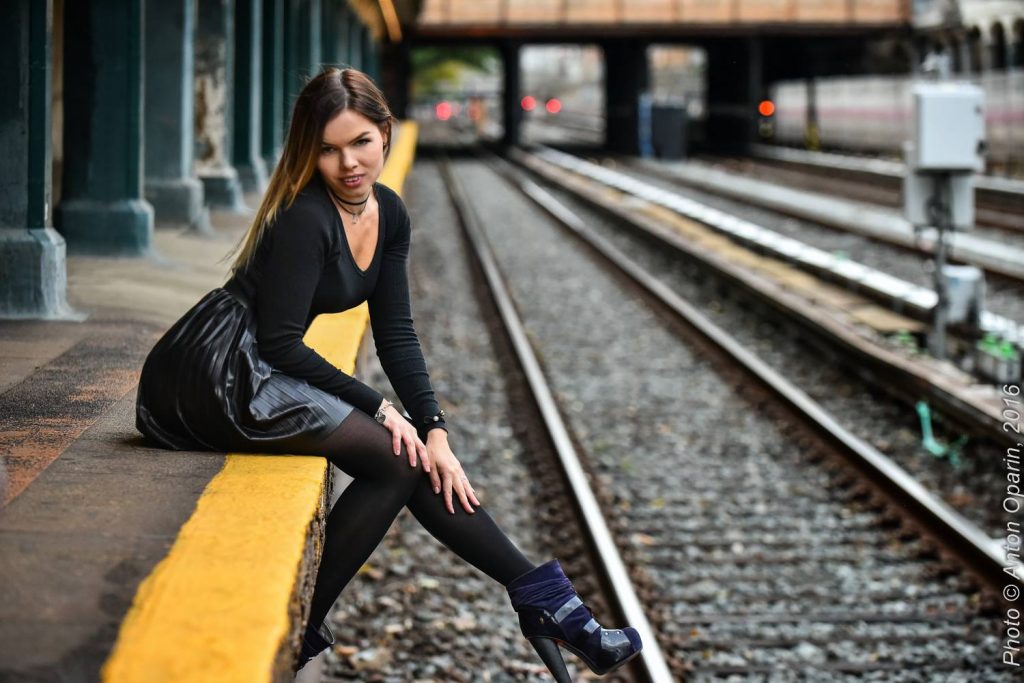
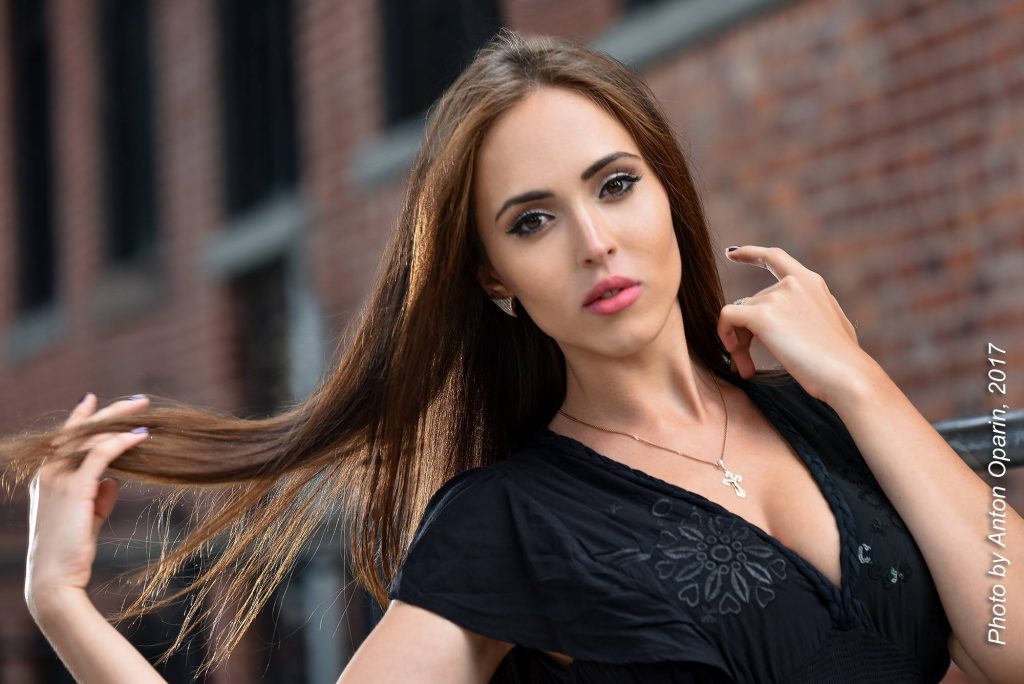
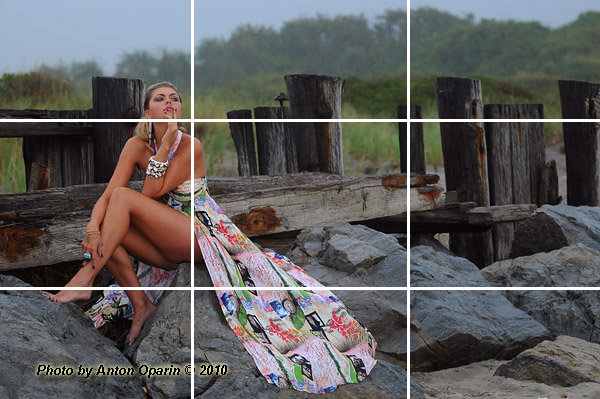


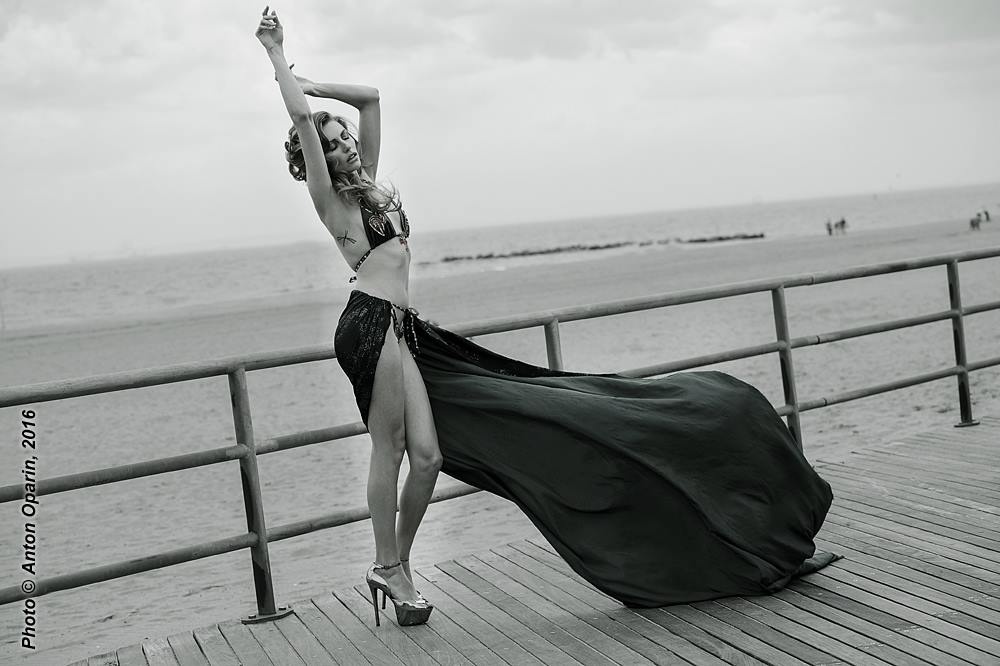







 FREE Photography tips and tricks, advice and help for beginners and advance photographers. Demonstrations How-to make not just good photos, but GREAT photos. Fashion/Glamor/Runway photography tutorials and documentaries from professional photo shoots with well known fashion photographer Anton Oparin. Keep an eye on our Fashion Photography Channel - we have huge archive of fashion/glamor videos from past 20+ years around the world. New episodes will come online weekly.
FREE Photography tips and tricks, advice and help for beginners and advance photographers. Demonstrations How-to make not just good photos, but GREAT photos. Fashion/Glamor/Runway photography tutorials and documentaries from professional photo shoots with well known fashion photographer Anton Oparin. Keep an eye on our Fashion Photography Channel - we have huge archive of fashion/glamor videos from past 20+ years around the world. New episodes will come online weekly. 
Recent Comments